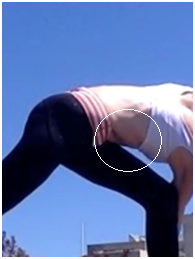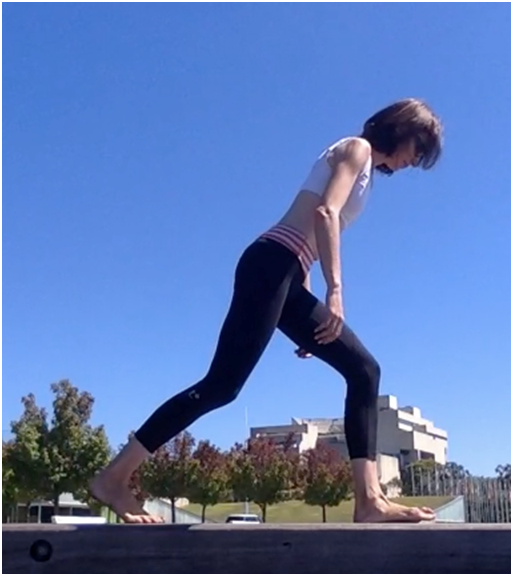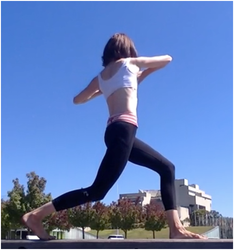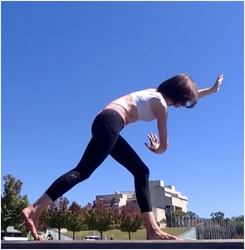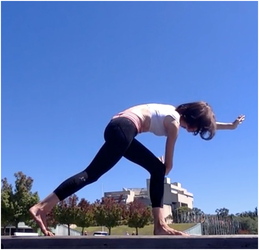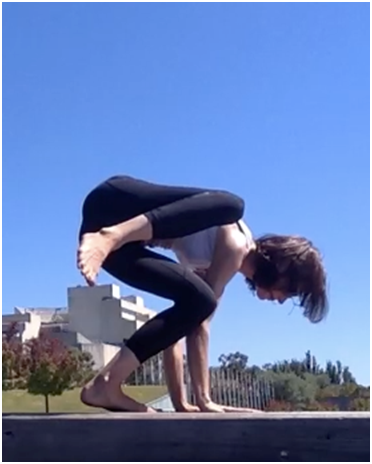Holding on to anger, resentments, hurt and pain rather than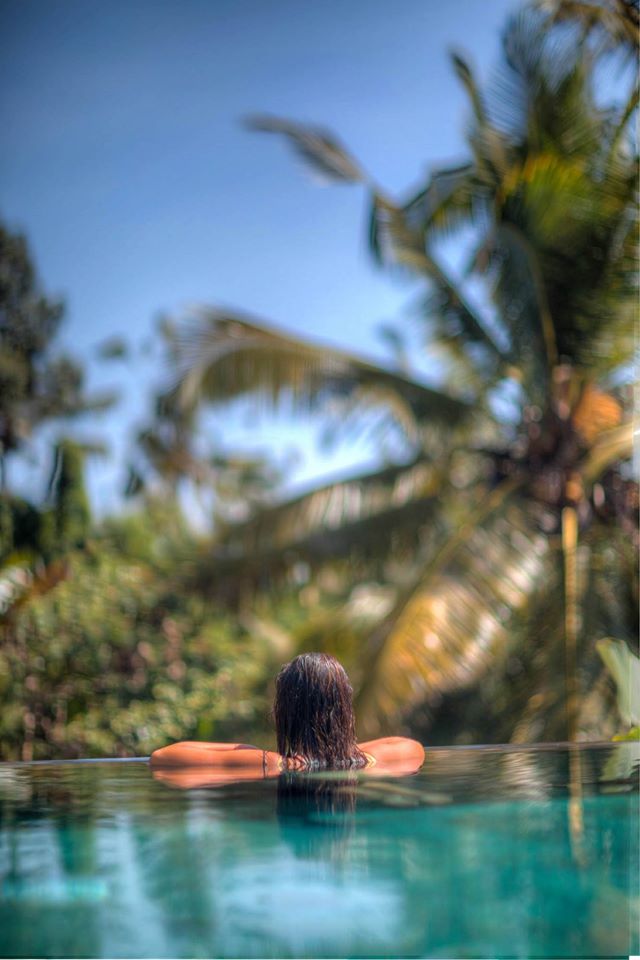 forgiving is something that is very detrimental to our health.
forgiving is something that is very detrimental to our health.
When we can resolve major issues like power, control,
abandonment, jealousy, and anger issues the sooner we can move out of the drama and into a really creative, productive and exciting life in which we are truly growing!
When we overeat eat cooked foods, processed foods, junk foods, packaged foods loaded with chemicals, over-salty & over-flavoured foods, or we overeat then our colon is stressed. And when our colon is stressed, we are stressed. And then it’s much harder to be kind, positive, loving or forgiving.
We are so addicted to foods that harm us. And so it is easy to get addicted to addictive negative
emotions that harm us too.
And just as much it’s easy to get addicted to anger, hate, confusion, sadness, despair. Powerful emotions generating powerful addictive chemicals in our body.
But when we eat a raw diet, it’s possible to break the cycle. Diet and emotions work together in so many ways. And interesting that eating a diet which is not addictive in any way, we become free of addictions. We think more clearly. We aren’t so easily stressed.
This is what we focus on our retreats. We do a week of raw food, eating our way into health one bite at a time. We workout and bring play back into our life. And we do our inner work. And together these planes support each-other to generate a huge forward momentum that we are truly shift into a whole new way of life and a whole new level of vibrancy!
We offer personalised retreats to support you in any transition; a holiday just for you. Please see our personalised page for all the details.
I don’t think there are many people who haven’t wanted to stick their heads in the sand (and never pull them out) after feeling like they got a slap in the face from something or someone they really wanted. Rejection plain ole doesn’t feel good, no matter who you are. The ego is a fragile thing.
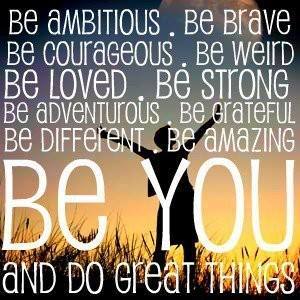
Alas, there is a silver lining to this dark cloud. The beauty of it all is that as hard as it may be in the moment that we feel we are being rejected, we always seem to survive, don’t we? What we feel that we lose in life affects us only in the way we allow it to.
Life is full of rejections, some more significant and life-changing than others. What road we take from there depends on a lot on which direction we decide to take afterwards and somewhat in the direction that life takes us in on its own.
We can either see a rejection as a roadblock or we can see it as an opportunity to move on to something better. Whenever we find ourselves in a situation in which we have lost something that we were not ready to let go of yet, we could always look back at other times in which we felt this way and see how far we have come from then to now.
We need to keep asking ourselves if it’s going to matter a week from now, a month from now, a year from now or how about 10 years from now? The answer if we really think clearly about it, is that it probably won’t matter at all.
It’s crucial that we keep all of the life’s rejections in perspective or we may end up repeatedly missing out on a lot of spectacular, life-changing stuff that comes next on the changing road of life.
And …wouldn’t that be a shame?
Jacqui O’Connor believes the 25 years of medical experience, combined with a life time of intuitive knowledge is more powerful than either standing alone. Visitors to Heart Place have left saying ‘you have a gift, Jacqui’ ‘I always feel energised leaving you’ ‘thank you for providing this space’ Curious? Book in a free explore session via www.heartplace.co.nz
 People who have a mindless moment, like a Satori, seem to be at peace – The Peace That Passeth All Understanding.
People who have a mindless moment, like a Satori, seem to be at peace – The Peace That Passeth All Understanding.
So that could bring up the question of how is it the mind is so active?
It is there to take care of us. If we are not present, which is most of the time, we may not recognise a possible danger.
Trouble is, the mind is rather crude, so misses the subtle.
It can only access the past, so to be on the safe side it tends to be either pessimistic of optimistic – thus missing any possibility of anything new.
Scientists are now telling us that we have more thinking cells in our heart, and belly, than we do in our head – so there are other possibilities.
So in order to access any new suggestions from these centres we need to learn how to listen.
So the suggestion is to spend a little time each day listening to what the other centres may be attempting to communicate to us.
It can be called the Intuition.
Some scientists are now saying that there may not be anything like what we call time, and what we call the past and future may be generated in our minds.
If that is so, maybe psychics are accessing our possible future?
And if they can do it, so can we – if we give it a chance – by being a bit more accessible.
Inspirations from Paul Lowe ~ http://www.paullowe.org/
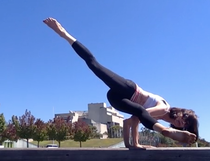 As a teacher I am always trying to demonstrate active movement and show where movement may be coming from. Sometimes this is tricky because what you see may not be where the movement arises.
As a teacher I am always trying to demonstrate active movement and show where movement may be coming from. Sometimes this is tricky because what you see may not be where the movement arises.
Also, sometimes a more passive posture may end up looking much the same as the active posture. But the feeling is completely different.
In the first picture I used active spinal movements to come into the pose.
In the second I came in by ‘falling’ with gravity and mainly by flexing my hips.
While they look much the same, the feeling in the torso especially is completely different.
Active movement (spinal forward flexion first) – Non-active movement (hip flexion first)
I don’t want to suggest one is right or wrong. I choose to do the first version in my practice and teaching to help develop strength and mobility in the torso.
Aside from helping my spine feel good, moving actively and having activated muscles around my tummy in particular, helps me come into the arm balance variation that follows this posture in our current sequence.
Here I have to say, I got a six-pack without ever doing a crunch or by adding a ‘core yoga’ section into my classes or self-practice.
I simply do active movements throughout my entire class and am pretty much doing a ‘sit-up’, aka active spinal forward flexion, in every forward bend I do.
Back to the postures at hand! There are two. A standing posture, then an arm balance.
Watch the video first to get a sense of the flow and process.
|
|
|
Spinally speaking, the standing posture is basically a twisting, side bending, forward bending backbend. That is, once I am in the lunge and lengthen lower back (sitting bones down, top of pelvis back), I do a twist, a side bend, a forward bend, then a little back bend in my upper back. A little hip flexion creeps in but after the spinal forward flexion.
Step 1: Get into a lunge
In this lunge I have my back heel up. That is because I am going to make this posture dynamic and move into the arm balance. Traditionally heel is down.
Many people find having heel up difficult to balance. You need to be using your feet and legs actively to assist with the balance. I grip with my toes lightly.
Also, if you allow your hips to be sinking it is often a sign you are not using your legs actively enough and will make it harder to balance. I keep my hips a little higher and legs active here. Nothing wrong with going lower but just in an active and not sinking way.
Step 2: Lengthen lower back
Here I have taken sitting bones down, top of pelvis back in order to lengthen my lower back.
To me, this is different and more subtle than ‘tucking under’. Remember, rather than fret about action, go for feeling. The feeling here is to have space in your lower back and not squashing.
In this picture I have also lengthened my entire spine. I have taken my lower ribs back and up lightly. You cannot see my neck but I have head down, neck back slightly to lengthen back of neck.
I have begun to push my armpits forward and lightly down, elbows lightly up.
Step 3: Active spinal twist
I try to move from base of spine upwards. That means, turning from navel, area then lower ribs, then chest, then shoulders.
Look at the front foot. See how much it is still working.
Spine still long, not arching.
Step 4: Active spinal side bending
Here I initiate side bending by bringing back hip forward and up towards the rib. At the same time I am reaching opposite arm up and forward from my waist/pelvis and trying to move that side hip back slightly so the whole side body lengthens.
The side of my body that closest in this picture is firming. This side bending firmness will help me in the arm balance.
You can see I start to have more weight on my front foot—the back heel is raising as well in preparation for the arm balance to soon come.
At this stage I am in a back lengthening, twisting, side bending posture.
Step 5: Spinal forward flexion
Now I have begun a spinal forward flexion process.
See the space you can see between the top of my thigh and torso and how the angle is still relatively open.
I am now in a spine lengthening, twisting, side bending, forward bend.
There is no need to go deeper. Unless you are coming to the arm balance, that is!
To get to the ground I need some hip flexion. I initiate hip flexion here, after I have done my active twisting, side bending, forward bend. Importantly, I maintain these actions as I lower.In my own practice I often choose to stay at this point here. It feels really good.
I can do the arm balance easily but for me it seems unnecessary compared to how nice it feels to stay actively in this posture for some time.
At this point a t lot of yoga teachers in classes I have attended will come up and try and get me to put my back heel on the ground, to try and put my hand on the ground, to try and take my legs further apart.
There is nothing wrong with that. But this feels so much better. Perhaps it is not pretty but once you start to appreciate active movements and see what is going on in the posture you see this as something lovely and delicious feeling.
I am not leaning or using the bottom arm on my knee at all. If you were to use it then do so in an intelligent and active way. That would mean using the arm to press lightly into the thigh and pressing the thigh back into the arm. I am definitely not using my arm to ‘wrench’ or twist my spine here. I am also not sinking into it.
Step 7: More hip flexion and knee bending to get hands to ground
The only way to get to the ground is to get some more hip flexion in there, front knee bends more as well.
A lot more in fact. You can see it has started to come in front of my toes. I need to be firm behind my knee to maintain the integrity of my knee here. My ankles are moderately flexible in a squat so my heel can stay down. If you need it is perfectly fine to lift that heel. In fact, it might help you to keep firm behind the knee.
You can see hands are coming in front of the foot and off to the side.
I am maintaining all of the actions from previous steps. That means my front knee is actually only lightly touching my arm.
Notice how at no stage did I start pushing my arm into the knee to get me into this twist. They are touching lightly here. I do not want that front knee to get heavy. It will become heavy if you are not using your torso actively and you will feel like you are sinking in this posture instead of lifting.
This picture sort of shows you how my whole back body is lengthened, not flattened. You can see I am moving my chest into my upper back and moving my shoulder blades around the sides of my chest.
Notice I am transferring weight forward. You can see this as I am coming more onto the tops of my toes on the back foot.
Step 8: Enhance side bending
Leaning forward with more weight on my hands and pushing the floor away. I don’t want weight on my feet in an arm balance. I need to support it by pushing into the floor with arms to get lift.
I am gripping with finger tips as thought grabbing at the ground (not flattening fingers).
I am maintaining all the core actions.
This allows me to enhace side bending by bringing the back knee into my shoulder. I can only do this without feeling heavy or sinking if I have kept all of the actions in the torso.
You can see weight is more and more over the hands and my front heel has started to lift. I need lightness in this foot to come up.
I squeeze my wrists together and keep feeling as though my elbows are trying to come together.
Step 9: Lean forward, smile, stay firm but calm, and lift
Compare this picture with the previous one and you see my shoulders have come further forward over the finger tips. I have to lean forward without dropping into my shoulders to come into this position.
Actually, let me correct myself. I don’t have to. You can drop and do this but it will probably feel awful on your wrists and shoulders!
If you can sneak a look at my tummy here you can see is it active!
Step 10: Legs out!
I continue leaning forward. See how far my shoulders have come in front of wrists. I suppose if you were stronger you would not need to lean as far forward but I am not that strong. I am trying not to lower my chest but to stay lifted.
Maintaining all previous actions, I just straighten my legs.
The top thigh is rolling in and bottom thigh is rolling out.
I am happy and calm and firm and strong and feeling good. If you walked past me I could say hello and tell you how good I was feeling and have a little chat without getting breathless.
In Sum
Remember that this arm balance is just a bit of show ponying really. It looks impressive but it won’t make you happier or healthier!
Staying in the standing version might help you more than the arm balance.

